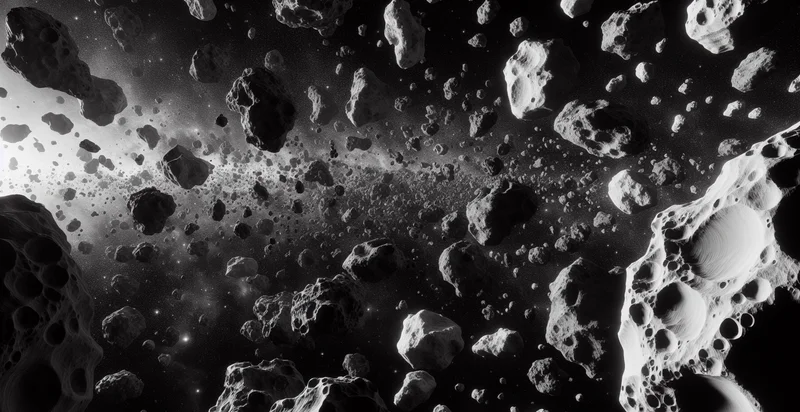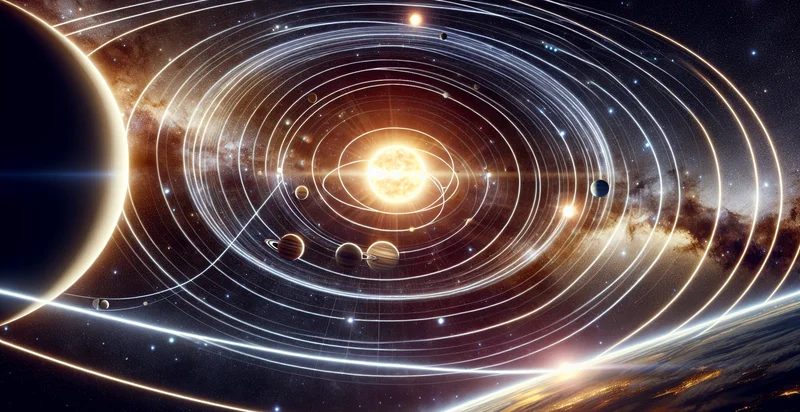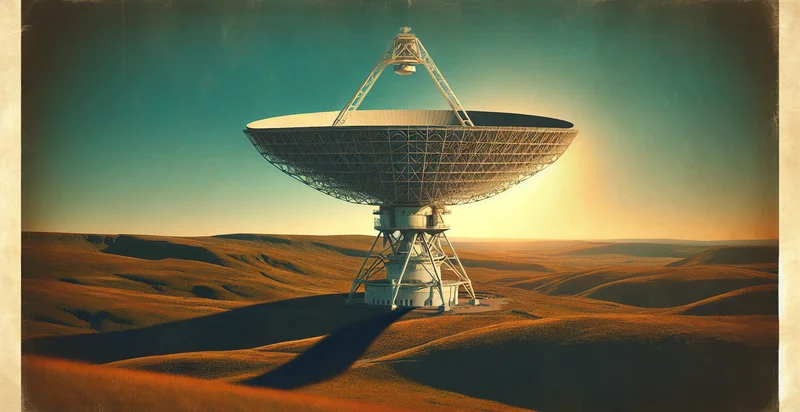Identify asteroids
using AI
Below is a free classifier to identify asteroids. Just upload your image, and our AI will predict what type of asteroid it is - in just seconds.

Contact us for API access
Or, use Nyckel to build highly-accurate custom classifiers in just minutes. No PhD required.
Get started
import nyckel
credentials = nyckel.Credentials("YOUR_CLIENT_ID", "YOUR_CLIENT_SECRET")
nyckel.invoke("asteroids", "your_image_url", credentials)
fetch('https://www.nyckel.com/v1/functions/asteroids/invoke', {
method: 'POST',
headers: {
'Authorization': 'Bearer ' + 'YOUR_BEARER_TOKEN',
'Content-Type': 'application/json',
},
body: JSON.stringify(
{"data": "your_image_url"}
)
})
.then(response => response.json())
.then(data => console.log(data));
curl -X POST \
-H "Content-Type: application/json" \
-H "Authorization: Bearer YOUR_BEARER_TOKEN" \
-d '{"data": "your_image_url"}' \
https://www.nyckel.com/v1/functions/asteroids/invoke
How this classifier works
To start, upload your image. Our AI tool will then predict what type of asteroid it is.
This pretrained image model uses a Nyckel-created dataset and has 44 labels, including Achilles, Ariel, Baade, Baton, Bellevue, Cabinitta, Calliope, Ceres, Chanda and Chione.
We'll also show a confidence score (the higher the number, the more confident the AI model is around what type of asteroid it is).
Whether you're just curious or building asteroids detection into your application, we hope our classifier proves helpful.
Related Classifiers
Need to identify asteroids at scale?
Get API or Zapier access to this classifier for free. It's perfect for:
- Space Exploration Monitoring: The 'asteroids' identifier can be employed by space agencies to classify and monitor images captured by telescopes and spacecraft. By accurately distinguishing between asteroids and other celestial bodies, agencies can prioritize targets for further study or potential missions.
- Asteroid Mining Prospects: Companies interested in asteroid mining can utilize the identifier to evaluate images from surveys and identify potential targets with valuable resources. By filtering out false images, firms can focus their investment and research efforts on genuine asteroid candidates.
- Planetary Defense Strategies: Governments and organizations involved in planetary defense can leverage this identifier for early detection of threatening asteroids. Accurate classification of space images can help in assessing threats and planning appropriate countermeasures, enhancing global safety efforts.
- Educational and Research Applications: Universities and research institutions can integrate the 'asteroids' identifier into their astrophysics curricula and research projects. This function can aid students and researchers in understanding space phenomena while providing hands-on experience in data classification techniques.
- Satellite-Based Observation: Satellite operators can implement the identifier to enhance the analysis of their observational data for objects in space. By correctly identifying asteroids from other potential space debris, operators can improve satellite operational safety and contribute to space traffic management.
- Public Engagement and Citizen Science: Non-profit organizations focused on space exploration can utilize the 'asteroids' identifier within citizen science projects. Engaging the public in identifying and classifying celestial images promotes interest in space science while providing researchers with valuable data from a larger audience.
- Artificial Intelligence Training Datasets: Developers of AI algorithms can use the identifier to create validated datasets necessary for training machine learning models. By refining the images associated with asteroid classifications, they can enhance the accuracy of AI systems used in various astronomical applications.


